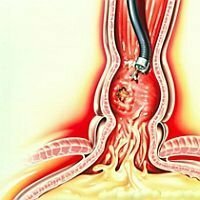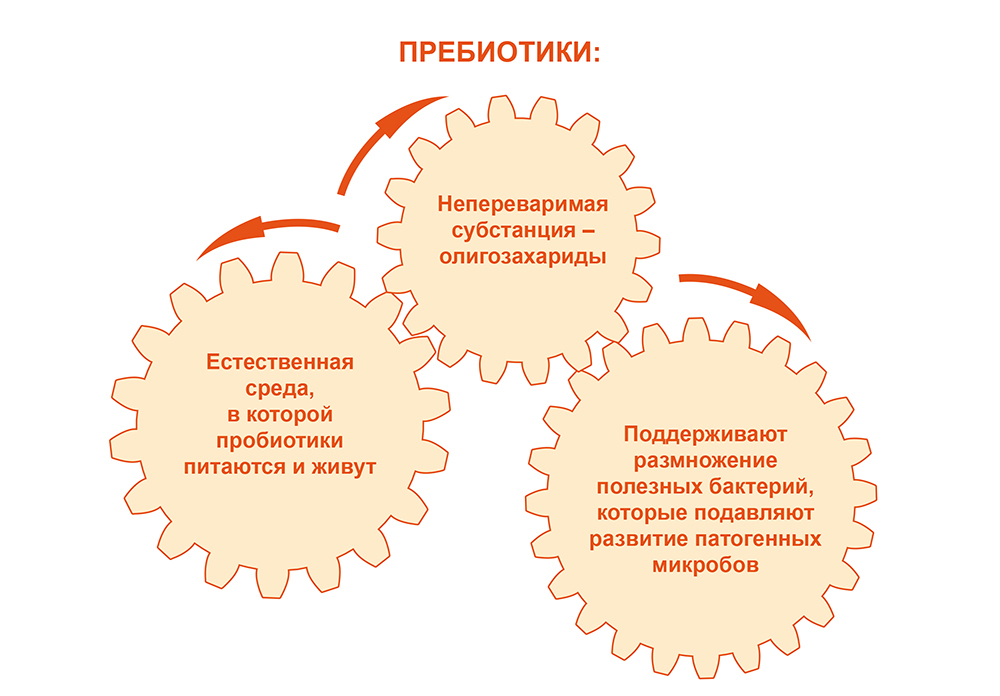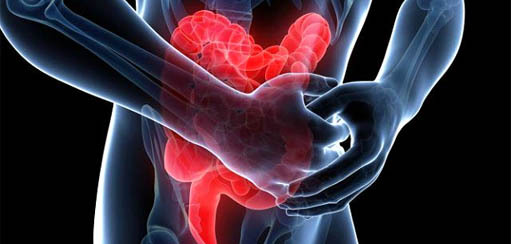Varicose veins of the esophagus

Varicose veins can develop in the stomach or esophagus without showing any symptoms until a vein rupture and bleeding starts.
The bleeding that occurs due to varicose veins may pose a threat to human life in portal hypertension, a condition in which a pressure level increases in the portal vein that delivers blood from the digestive system to the liver due to blockage of blood flow through the liver.
Too much pressure, which has arisen to the portal vein, leads to the development of varicose veins in the stomach and esophagus. The veins that have undergone this expansion are very fragile and there is a great risk that they will burst, leading to a considerable loss of blood.
Most often, portal hypertension can be observed with a disease such as cirrhosis, which is a scarring that occurs with various liver lesions, for example, too much alcohol, hepatitis, etc. With cirrhosis, healed tissue can block blood flow in the liver, slowing its movement.
Symptoms of that there is varicose veins in the digestive system
To such symptoms doctors refer:
- Blood, tarry or black feces;
- Heart palpitations;
- Shock( in selected severe cases);
- Vomiting of blood;
- Low blood pressure.
How is the treatment of varicose veins of the esophagus?
If there is a sudden bleeding in the presence of varicose veins, the first thing to do is to see a doctor as soon as possible for help. If a bleeding stop is not performed within the minimum period of time, then a shock state may develop that can cause death. In especially severe cases, the patient should be immediately placed in a well-ventilated message to prevent a hemorrhage into the lungs. Simultaneously with the measures to eliminate the current bleeding, therapy should be conducted aimed at preventing bleeding in the future. The following are a few procedures that can help prevent bleeding by reducing the pressure in the vessels one way or another:
- A bandage is a procedure in which small rubber disks are placed immediately above the blood vessels, which causes the bleeding to stop;
- Sclerotherapy - in this procedure, a specialist injects a special solution that promotes better blood clotting;
- Portosystemic intrahepatic transcutaneous shunt - X-ray monitoring is used to perform an operation intervention in which a certain cylindrical device( stent) is inserted into the middle region of the liver. This device is designed to connect the portal and hepatic vein. A similar procedure can be performed as follows: a catheter is inserted through the vein into the neck. All described is done to reduce too high a pressure in the liver;
- Splenorenal shunting is a surgical procedure that connects the veins of the left kidney to the splenic vein. This is done to reduce pressure in varicose vessels and to prevent possible future bleeding;
- If liver disease is in an advanced stage of development, liver transplantation may be prescribed;
- Termination of the blood supply is a surgical procedure, in which the removal of bleeding varicose vessels is performed. The procedure is performed if the shunting operation is impossible or if it is unsuccessful. Is it possible to prevent the development of varicose veins of the esophagus?
Elimination of the causes of bleeding in varicose vasodilation can help prevent them from reappearing, and the early onset of the treatment of liver disease can not give rise to varicose enlargement. Certain drugs, for example, used to treat heart diseases, such as beta-blockers, can help in reducing portal pressure and reducing the risk of bleeding. Also in this situation, long-acting nitroglycerin can help.



